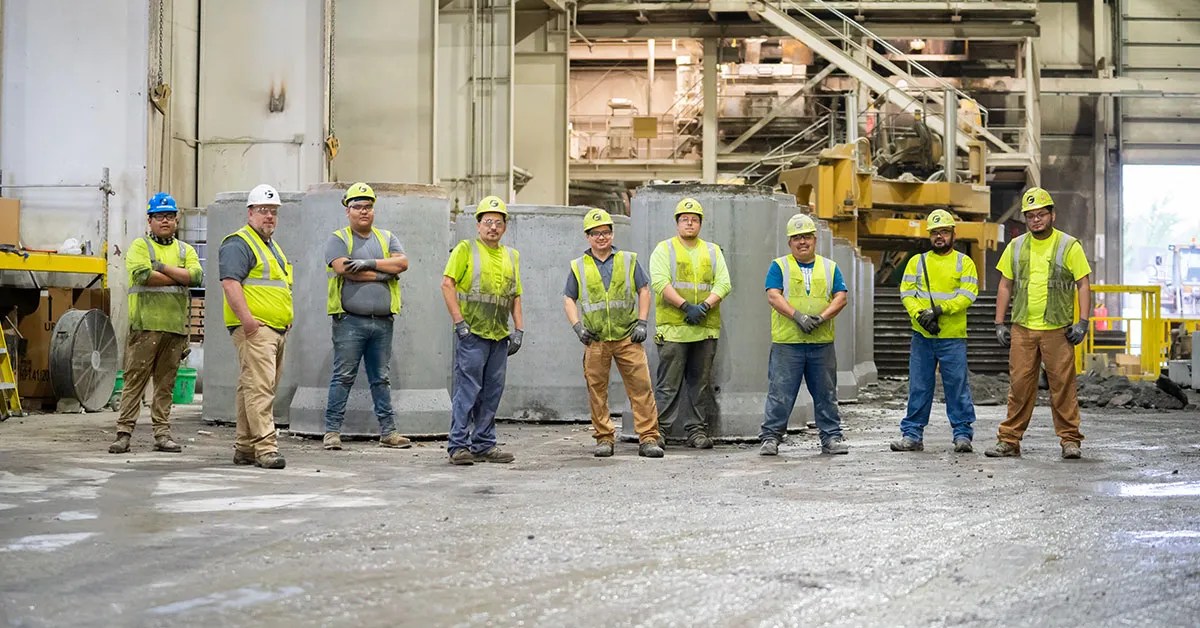County materials play a significant role in local construction and infrastructure development, providing essential resources for builders and contractors alike. These materials encompass a wide array of products ranging from aggregates to concrete, paving stones, and more, all sourced locally to support regional projects. Understanding the importance of these materials not only helps in promoting sustainable practices but also strengthens the local economy by utilizing resources that are readily available within the community.
In a world where construction projects are on the rise, the demand for quality county materials has never been higher. As communities expand and develop, the need for sustainable and durable materials becomes paramount. This article aims to shed light on the various types of county materials available, their applications, and how they contribute to both residential and commercial projects. Moreover, we will explore the benefits of choosing local materials over imported ones, emphasizing the environmental and economic advantages.
Join us as we delve into the diverse world of county materials, discovering the best practices for their use and how they can effectively meet the needs of modern construction. From understanding the different types of materials to exploring their benefits, this comprehensive guide will equip you with the knowledge necessary to make informed decisions in your construction endeavors.
What Are County Materials?
County materials refer to the raw and processed building resources sourced from a specific county. These materials can include:
- Aggregates: Sand, gravel, and crushed stone.
- Concrete: Ready-mix and precast concrete products.
- Paving stones: Interlocking bricks and slabs.
- Bricks and blocks: Clay bricks and concrete masonry units.
- Timber: Locally sourced wood products.
These materials are essential for various construction projects, from residential homes to large commercial developments.
Why is Sourcing Local County Materials Important?
Sourcing materials locally has a multitude of benefits:
- Environmental Impact: Reduces transportation emissions and carbon footprint.
- Economic Growth: Supports local businesses and creates jobs.
- Quality Assurance: Local suppliers are often more familiar with the regional regulations and standards.
- Community Development: Strengthens community ties and promotes regional identity.
How Do County Materials Contribute to Sustainable Construction?
The use of county materials significantly contributes to sustainable construction practices. By utilizing local resources, builders can:
- Minimize waste through efficient sourcing and production.
- Encourage the reuse and recycling of materials.
- Support local ecosystems by reducing the need for extensive mining and extraction.
This commitment to sustainability helps in building a better future for generations to come.
What Types of Projects Benefit from County Materials?
County materials are versatile and can be used in a variety of construction projects, including:
- Residential buildings: Houses, apartments, and townhouses.
- Commercial structures: Retail spaces, offices, and restaurants.
- Infrastructure: Roads, bridges, and public works.
- Landscaping: Parks, gardens, and outdoor spaces.
The adaptability of these materials ensures that they meet the diverse needs of different projects.
How to Choose the Right County Materials for Your Project?
Selecting the appropriate county materials for a project involves several considerations:
- Project Requirements: Assess the specific needs of your project.
- Material Properties: Understand the characteristics and performance of different materials.
- Local Availability: Check what materials are available in your area.
- Budget: Consider cost-effective options without compromising quality.
Where Can You Find County Materials Suppliers?
Finding reliable county materials suppliers can be accomplished through various channels:
- Online directories and websites.
- Local trade associations and construction organizations.
- Word of mouth and recommendations from other builders.
- Visiting local supply yards and showrooms.
Establishing a relationship with local suppliers can lead to better pricing and availability.
What Role Do Regulations Play in the Use of County Materials?
Regulations and building codes dictate the standards for using county materials in construction. These rules ensure:
- Safety: Protects the health and safety of workers and residents.
- Quality: Ensures materials meet specific performance criteria.
- Sustainability: Encourages environmentally friendly practices.
Compliance with these regulations is crucial for the successful completion of any construction project.
Conclusion: Embracing County Materials for Future Development
County materials are an indispensable part of the construction landscape, providing essential resources that support sustainability and community development. By choosing local materials, builders not only contribute to the economic growth of their regions but also embrace environmentally friendly practices that benefit everyone. As we move forward in a rapidly evolving construction industry, let us prioritize the use of county materials to build a greener, more resilient future.
Exploring The Vibrant World Of Blvd Market
Cowboys Kicker: The Heartbeat Of The Dallas Cowboys’ Special Teams
Discovering The Charm Of Talkofthetown._ Brittany


